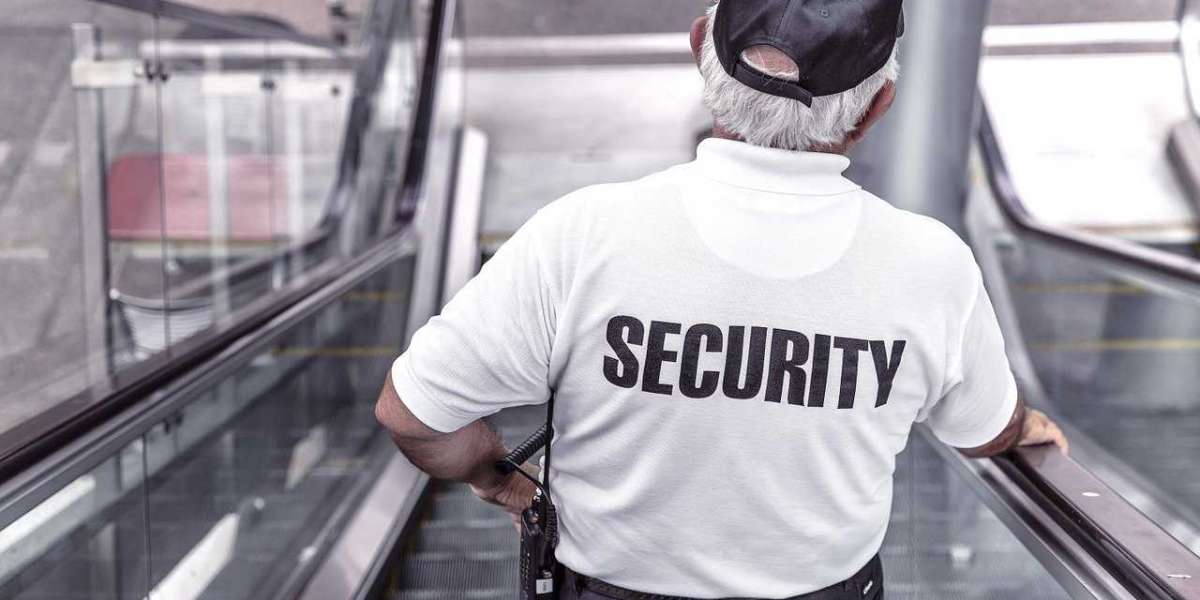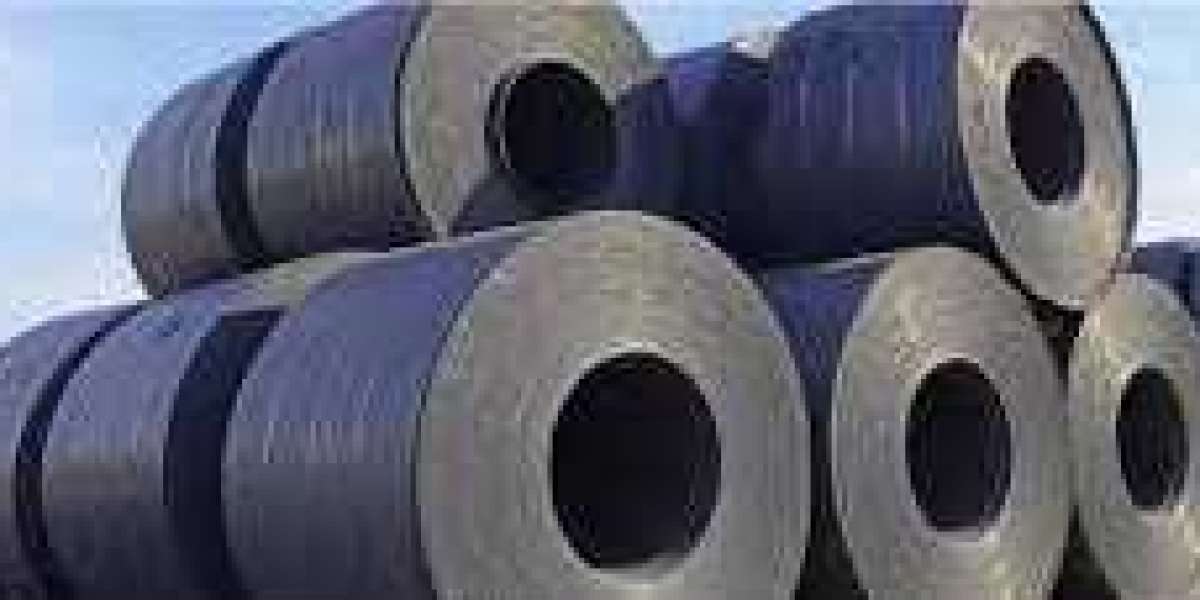When it comes to selling or renting properties in Melbourne, high-quality real estate photography can make a significant difference. Real estate photography is not just about taking pictures of a house; it's about capturing the essence of a home in the best possible light to attract potential buyers or tenants. In this guide, we will explore the importance of real estate photography in Melbourne, what makes a good real estate photograph, and tips for hiring the best real estate photography services. We will also cover the key techniques used to capture details that matter the most in property listings.
The Importance of Real Estate Photography Melbourne
Real estate photography is crucial in the competitive Melbourne market. With numerous properties available, standing out is essential. High-quality photographs can create a strong first impression, making the difference between a quick sale and a property that lingers on the market.
First Impressions Matter In real estate, first impressions are often made online. Potential buyers or tenants scroll through numerous listings, and the photographs are what grab their attention. Professional real estate photography ensures that your property looks its best, enticing viewers to read more about the listing and schedule a viewing.
Showcasing the Property’s Best Features Good real estate photography captures the unique features of a property. Whether it's a modern kitchen, a spacious backyard, or a cozy living room, highlighting these aspects can attract the right audience. Professional photographers know how to showcase these features effectively, using techniques that make rooms appear brighter and more inviting.
What Makes a Good Real Estate Photograph?
Several factors contribute to high-quality real estate photography. These include lighting, composition, staging, and the use of professional equipment. Let's delve into each of these elements.
Lighting Using the best possible light is essential in real estate photography. Natural light is preferable, as it creates a warm and inviting atmosphere. Photographers often shoot during the day when there is ample sunlight. However, they also use artificial lighting strategically to enhance the natural light and ensure all areas of the property are well-lit.
Composition Composition refers to the arrangement of elements within a photograph. In real estate photography, the goal is to create a sense of space and balance. Wide-angle lenses are often used to capture more of a room, giving potential buyers a better sense of the space. Photographers also consider the angles and perspectives that best showcase the property.
Staging Staging is the process of arranging furniture and decor to make a property look its best. A well-staged home appears more appealing and allows buyers to envision themselves living there. Professional photographers work closely with staging experts to ensure that every room is presented in the best light.
Professional Equipment Using professional cameras and lenses is vital for high-quality real estate photography. These tools allow photographers to capture details that might be missed with a standard camera. Additionally, post-processing software is used to enhance the images further, adjusting brightness, contrast, and colors to create the perfect photo.
Tips for Hiring the Best Real Estate Photography Services in Melbourne
When it comes to hiring a real estate photographer in Melbourne, there are several factors to consider. Here are some tips to help you find the right professional for your needs.
Check Their Portfolio A photographer's portfolio is the best indicator of their skills and style. Look for a portfolio that showcases a variety of properties, both residential and commercial. Pay attention to the quality of the images, the use of lighting, and how well the photographer captures the details of each property.
Read Reviews and Testimonials Reviews and testimonials from previous clients can provide valuable insights into a photographer's reliability and professionalism. Look for photographers with positive feedback and a track record of satisfied clients.
Ask About Their Experience Experience matters in real estate photography. Photographers who have been in the industry for several years are more likely to understand the nuances of capturing properties effectively. Ask about their experience with similar properties and their knowledge of the Melbourne market.
Discuss Your Needs and Expectations Before hiring a photographer, have a detailed discussion about your needs and expectations. Share information about the property, including its unique features and any specific areas you want to highlight. A good photographer will listen to your requirements and provide suggestions on how to achieve the best results.
Consider Their Availability and Turnaround Time Timing is often crucial in real estate. Ensure that the photographer you hire can accommodate your schedule and provide the images within a reasonable timeframe. Quick turnaround times are essential, especially if you need to list the property promptly.
Techniques for Capturing the Best Real Estate Photos
Professional real estate photographers use a range of techniques to capture stunning images. Here are some of the key methods they employ.
Using HDR Photography HDR (High Dynamic Range) photography involves taking multiple shots of the same scene at different exposure levels and blending them together. This technique ensures that both the bright and dark areas of a photo are well-exposed, resulting in a balanced and detailed image.
Twilight Photography Twilight photography is taken during the 'golden hour,' just after sunset or before sunrise. The soft, diffused light during this time can create a magical effect, making the property appear more inviting and highlighting outdoor lighting features.
Aerial Photography Aerial photography, often done with drones, provides a unique perspective of the property and its surroundings. This technique is especially useful for showcasing large properties, estates, or homes with beautiful landscapes. Aerial shots can also highlight nearby amenities and attractions.
Virtual Tours and 360-Degree Photos Virtual tours and 360-degree photos offer an immersive experience for potential buyers. These technologies allow viewers to explore the property online as if they were walking through it in person. This can be particularly appealing for out-of-town buyers or those who prefer to narrow down their options before scheduling a viewing.
Detail Shots While wide-angle shots provide an overview of the property, detail shots focus on specific features. This could include intricate tile work, modern appliances, or unique architectural elements. Capturing these details can highlight the property's quality and craftsmanship, making it more attractive to buyers.
Conclusion
Investing in professional real estate photography in Melbourne can significantly enhance the appeal of your property listing. By capturing the property in the best possible light and highlighting its unique features, high-quality photos can attract more potential buyers or tenants. When hiring a real estate photographer, consider their portfolio, experience, and reviews to ensure you find the best fit for your needs. With the right photographer and techniques, you can make a lasting impression and achieve a successful sale or rental.
In summary, real estate photography is a powerful tool in the Melbourne market. It captures details that matter, showcasing properties in their best light and making them stand out in a crowded marketplace. By following the tips and techniques outlined in this guide, you can ensure your property is presented in the most appealing way possible, increasing your chances of a quick and profitable transaction.

